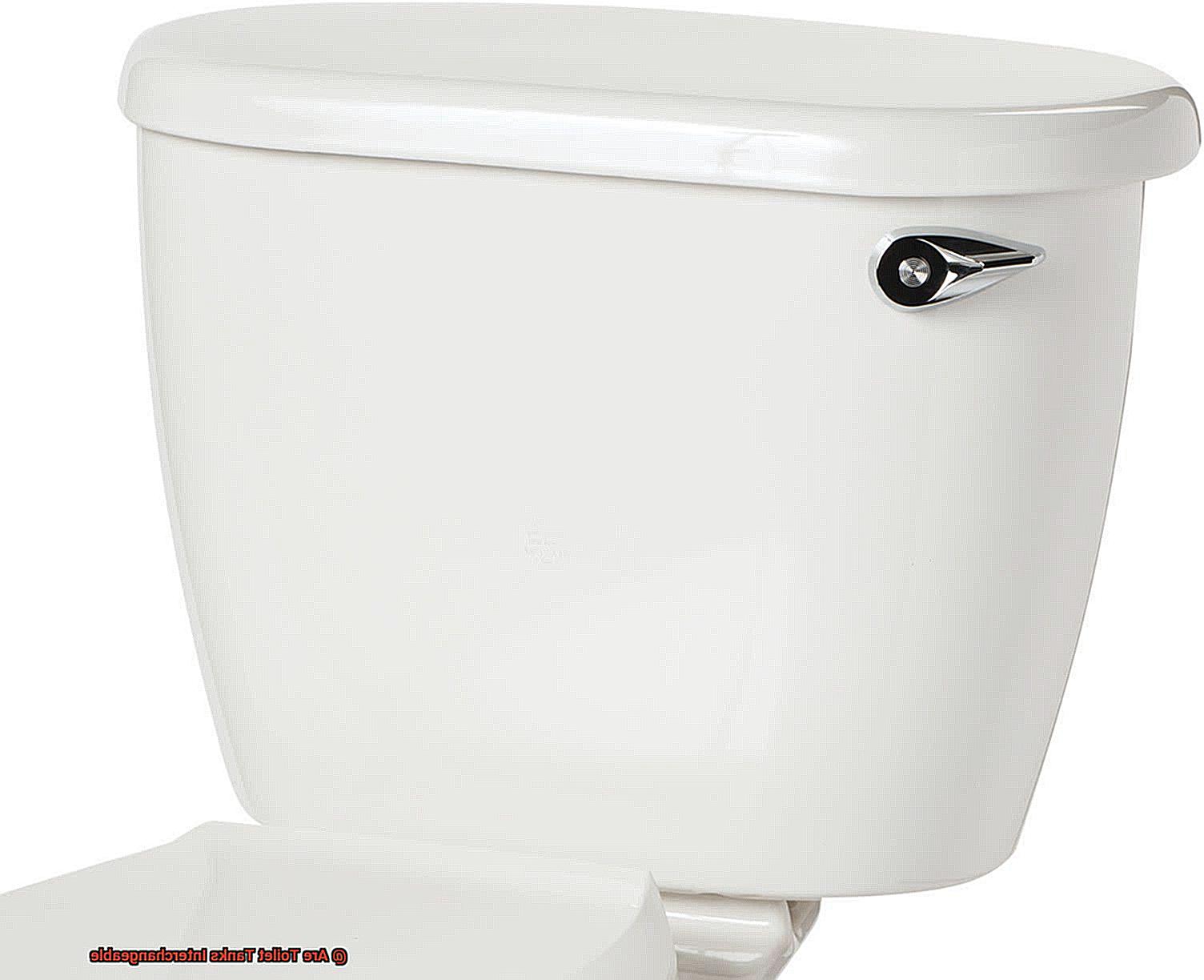Welcome to the fascinating world of toilets. Today, we’re going to dive deep into the topic of toilet tanks and their interchangeability. Have you ever found yourself in a situation where you need to replace your toilet tank but aren’t sure if you can just grab one from another toilet? Fear not – we’ve got you covered.
In this blog post, we’ll explore everything there is to know about toilet tanks. We’ll answer all your burning questions, such as: Are all toilet tanks the same size? Can you mix and match tanks and bowls from different brands? Will a newer tank work with an older bowl or vice versa?
But that’s not all – we’ll also discuss the pros and cons of swapping out toilet tanks. Is it a cost-effective solution for a DIY bathroom renovation? Or are there hidden costs and risks involved?
By the end of this post, you’ll be an expert on all things related to toilet tanks. You’ll have a solid understanding of whether or not they’re interchangeable, as well as the knowledge to make informed decisions should you find yourself in need of a tank replacement.
So buckle up and get ready for an informative journey through the world of toilets.
Contents
What is a Toilet Tank?
That’s right – we’re talking about the toilet tank. This essential component of your bathroom plumbing holds water to flush out waste and keep things running smoothly.
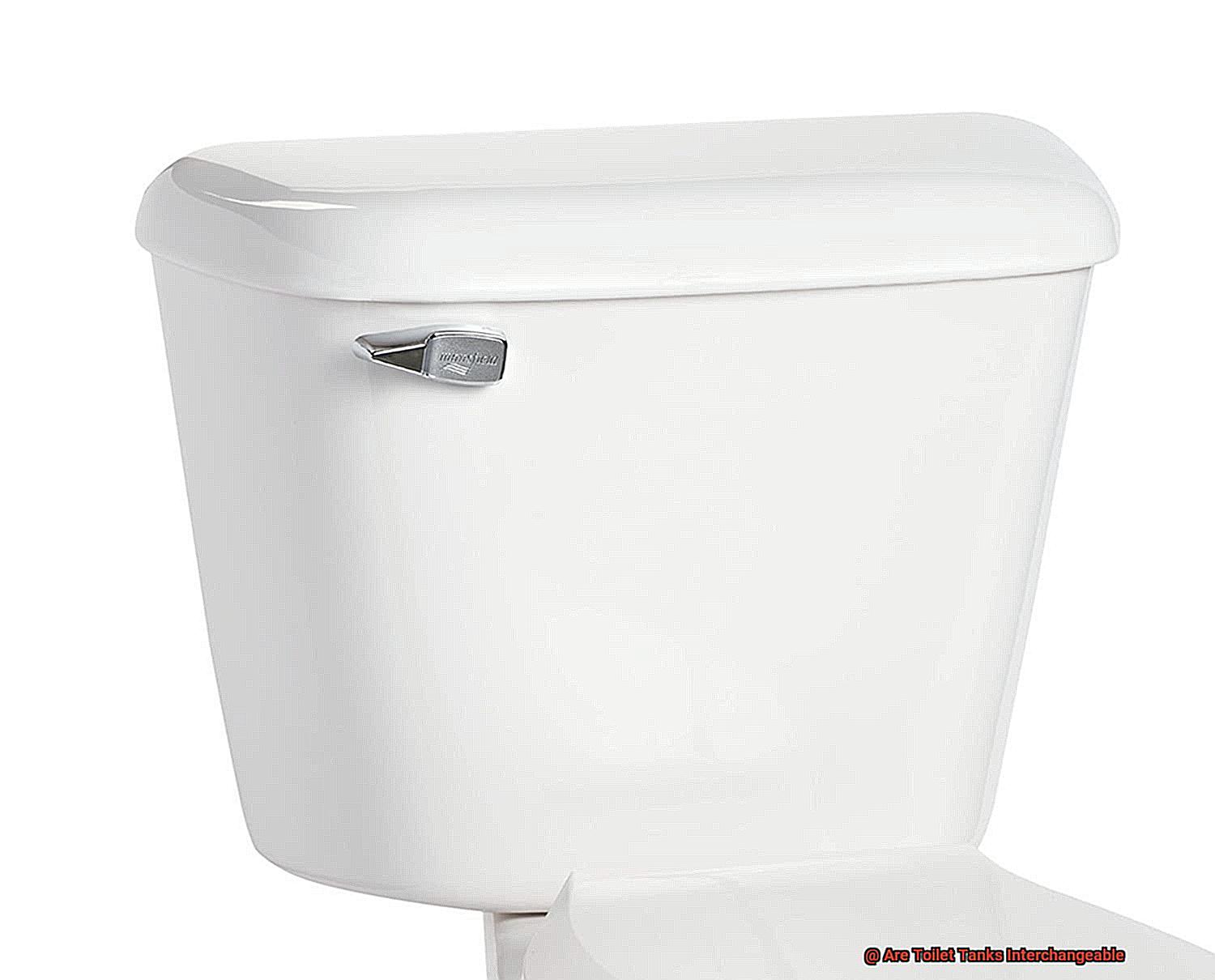
Toilet tanks come in all shapes and sizes, but they all have the same basic components. The tank is usually made of porcelain, ceramic, or plastic and is connected to the bowl with bolts and gaskets. Inside the tank, you’ll find a fill valve, flush valve, flapper, handle, and overflow tube.
Let’s take a closer look at these components. The fill valve controls the flow of water into the tank and stops when it reaches a certain level. Without this little device, your toilet would overflow every time you flushed. The flush valve is a rubber stopper that opens and closes to allow water to flow into the bowl during flushing.
The flapper is a rubber seal that covers the flush valve opening and prevents water from leaking out of the tank. The handle is used to activate the flushing mechanism, and lastly, there’s an overflow tube that ensures excess water flows out of the tank if it becomes too full.
While some toilet tanks may look similar in size and shape, it’s essential to consider a few key factors before attempting to replace one with another. For instance, mounting holes on the tank must align with those on the bowl for proper installation and stability. The flush valve size and location must also be taken into account.
Installing a tank with an incompatible flush valve can result in poor flushing performance or even leaks. Lastly, the water inlet location and size must be considered too.
If the inlet is not in the same location or size as your existing tank, modifications may need to be made to the plumbing system.
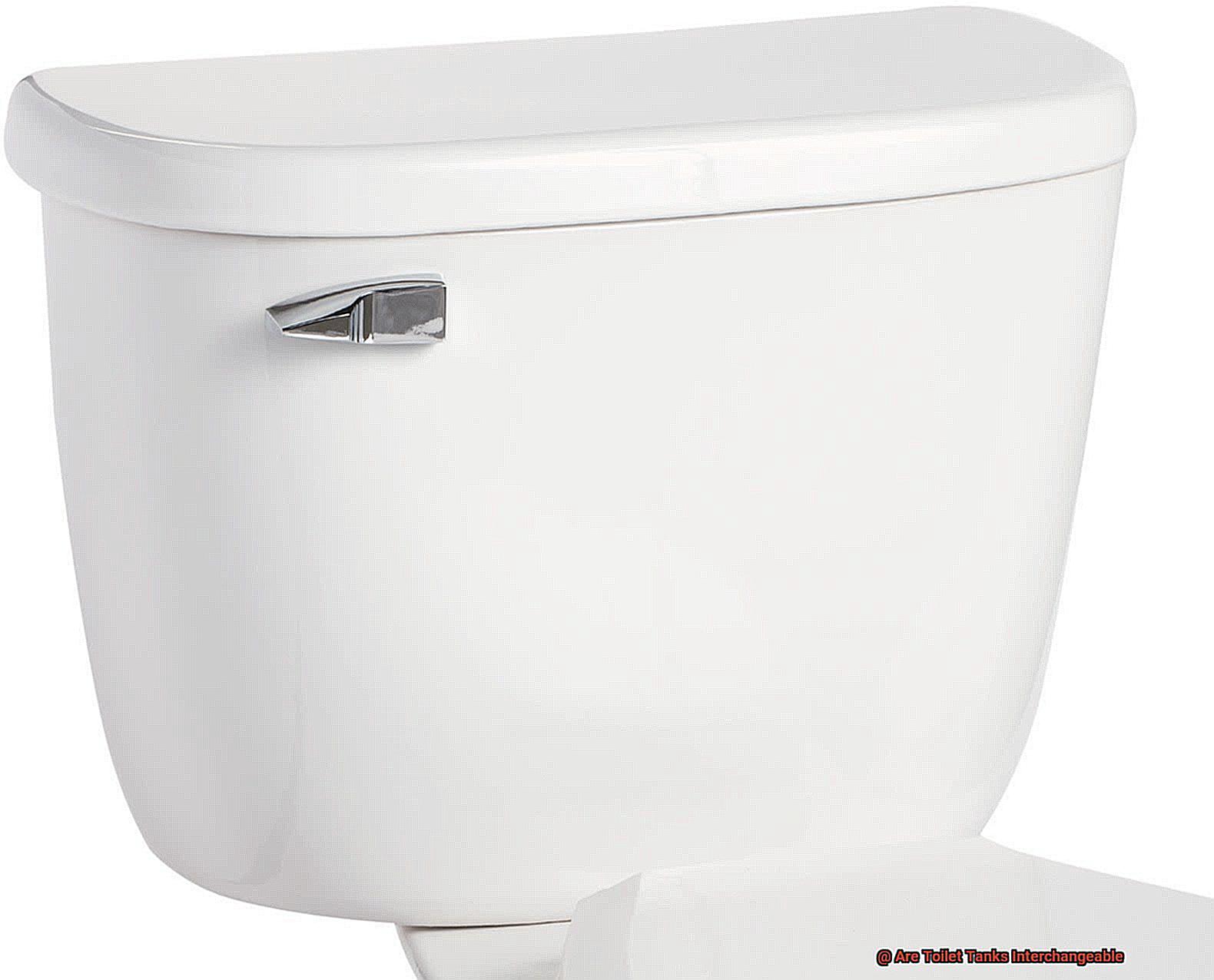
Are Toilet Tanks Interchangeable?
Toilet tanks are a fundamental part of any bathroom, and choosing the right one can make all the difference in your plumbing system. As a DIY enthusiast, you might be wondering if toilet tanks are interchangeable. The answer is not as simple as yes or no, but rather it depends on various factors.
The size and shape of the tank and bowl are crucial in determining compatibility. If the tank is too big or small for the bowl, it won’t fit properly and could result in leaks or other issues. You must also consider the flushing mechanism used in the tank, as this can significantly impact how the toilet functions.
Gravity-based flushing systems and pressure-assisted systems are the two most common types of flushing mechanisms used in toilet tanks. Each has different requirements, so it’s important to choose a tank that works with your existing system.
Before taking on this challenge yourself, we recommend consulting with a professional plumber or home improvement expert. Their expertise will help you determine whether a specific toilet tank is interchangeable with your existing one and provide guidance on installation and maintenance.
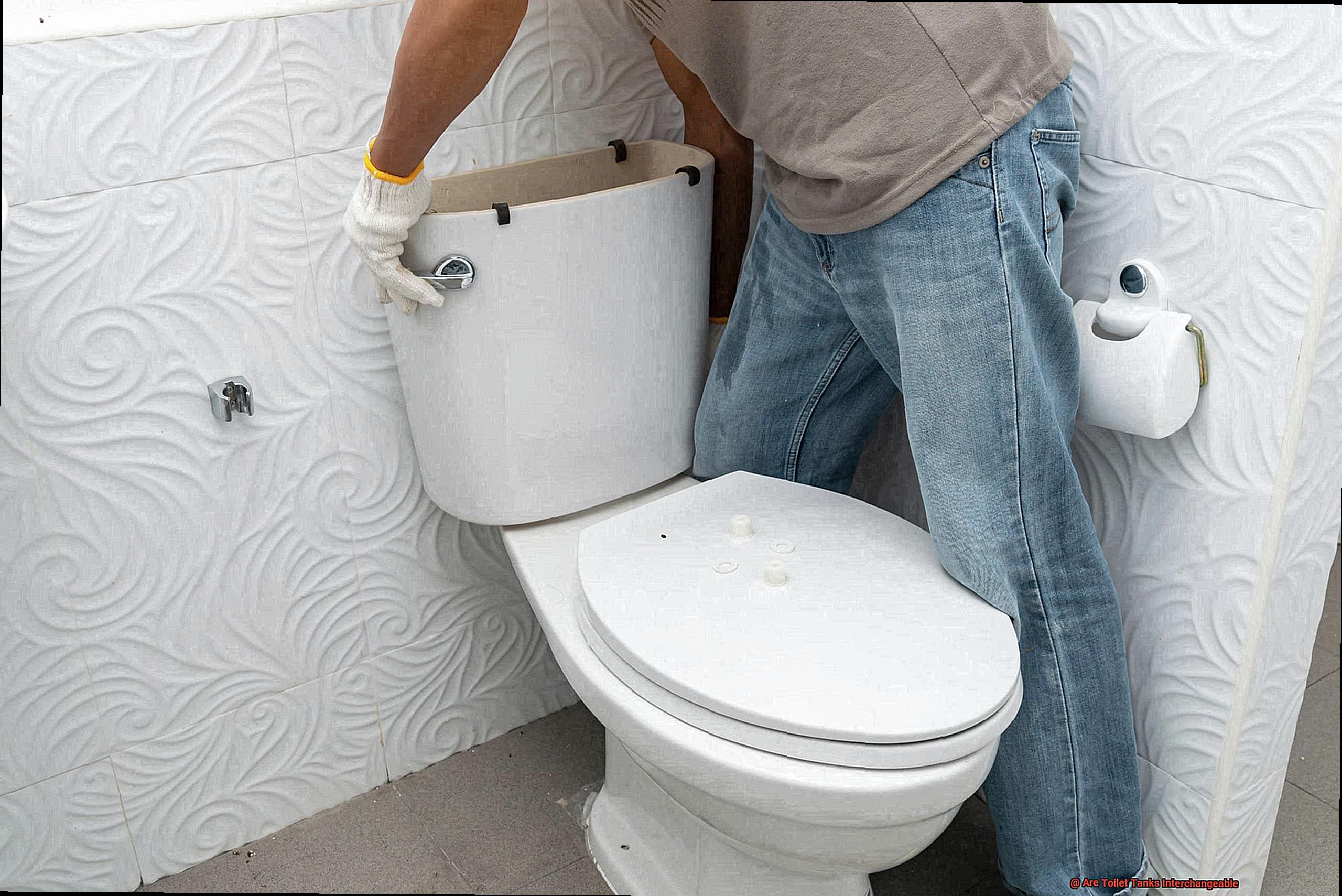
Factors to Consider Before Interchanging Toilet Tanks
Before you dive in, there are a few crucial factors to consider that can affect the compatibility and functionality of your toilet.
First and foremost, ensure that the size and shape of the new tank match your existing toilet bowl. Not all tanks fit securely onto every bowl, and you need to ensure that the tank has enough space to function properly. Think of it like trying to wear a shoe that’s too small – it just won’t be comfortable.
Next, pay attention to the flushing mechanism of the toilet tank. Different toilets have different types of flushing systems, such as pressure-assisted or gravity-fed. Swapping out tanks with different flushing mechanisms can cause your toilet to flush improperly or not at all. It’s like trying to use a hammer to screw in a nail – it just won’t work.
Thirdly, check the type of bolts needed to secure the tank to the bowl. Some bowls require specific bolts and gaskets to secure the tank properly, and using incorrect ones could lead to leaks or damage. Think of it like trying to use a wrench on a bolt that requires a screwdriver – it just won’t fit.
Lastly, don’t forget about the aesthetics of the tank. Choosing a tank that matches your bathroom’s style can enhance its overall appearance. It’s like adding the perfect accessory to your outfit – it completes the look.
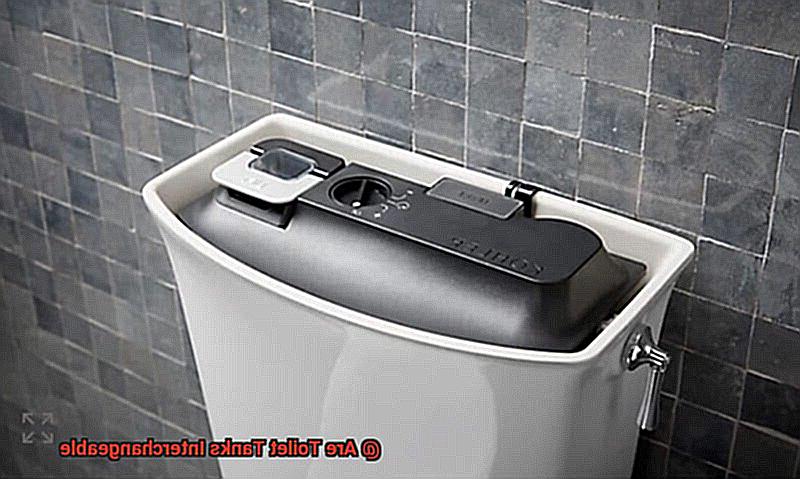
Aligning Mounting Holes
Replacing or installing a new toilet tank can be a daunting task, but with the right guidance, it can be a breeze. One crucial step that you must not overlook is aligning the mounting holes of your new tank with those of your bowl. Ensuring perfect alignment may seem like a small detail, but it can make all the difference in ensuring a leak-free and stable toilet.
To begin, start by cleaning the area around the mounting holes on the bowl thoroughly. This step is vital as any debris or residue left on the surface can affect the alignment and compromise the seal. Once done, place your new tank upside down on a soft surface like a towel or blanket.
Locate the mounting holes on both the bowl and the tank. Some tanks may have multiple sets of mounting holes, so ensure that you identify which ones you need to use for your specific installation.
Now comes the fun part – carefully position your tank over the bowl, lining up the mounting holes as accurately as possible. To ensure that your tank sits straight on top of the bowl, you can use a level. If necessary, adjust the position until you have a perfect alignment.
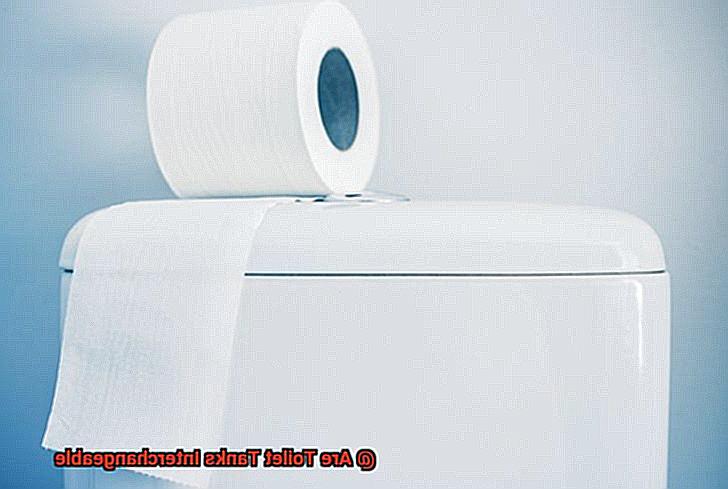
With everything lined up nicely, it’s time to insert bolts through both sets of holes from inside the tank. Afterward, slide a washer onto each bolt and tighten them down using a wrench. While tightening, take care not to over-tighten as this may cause damage to both the bolts and porcelain.
Finally, check that everything is secure and snug by giving each bolt a final quarter-turn. This step ensures that they are tight enough without putting too much strain on your porcelain. Congratulations. You have successfully aligned and installed your new toilet tank.
Flush Valve Size and Location
Before you do, let’s talk about the often-overlooked but crucial factor in ensuring compatibility – flush valve size and location.
Picture a puzzle – every piece needs to fit perfectly together to create a stable and leak-free toilet. The flush valve is the unsung hero that controls the water flow from the tank to the bowl when you flush. It’s essential that the size and location match between tanks, just like trying to fit a square peg into a round hole – it just won’t work.
To ensure compatibility, most toilets have either a 2-inch or 3-inch diameter flush valve. It’s vital to make sure that your tank and bowl have matching flush valve sizes; otherwise, you may experience leaks or problems with water flow. But, that’s not all.
Flush valve location also plays an essential role. Some tanks have a center-mounted flush valve, while others have an offset flush valve located towards one side of the tank. Before replacing a tank, be sure to check the location of your existing flush valve to ensure compatibility with the new one.
Now, let’s discuss why this matters when determining if toilet tanks are interchangeable.
While some tanks may be interchangeable, it’s crucial to consider factors such as flush valve size and location to prevent potential problems down the line.
You may be able to find a replacement tank with a matching flush valve size and location, but it’s also possible that you may need to replace both the tank and bowl for complete compatibility.
Water Inlet Location and Size
The water inlet is where the water supply line connects to the tank to provide the water that fills the bowl after each flush. If you try to connect a tank with a larger or smaller inlet to your existing plumbing, it won’t work. It’s like trying to fit a square peg into a round hole.
To avoid this issue, it’s essential to ensure that the replacement tank matches the size of your existing water supply line. Most toilet tanks have a standard water inlet size of 1/2 inch, but older models may have a smaller 3/8 inch inlet. So, make sure to check the measurements before making any purchases.
But that’s not all. The location of the water inlet can also vary from tank to tank. Some tanks have a bottom-mounted water inlet, while others have a side-mounted inlet. Not matching the water inlet location could result in major modifications or adjustments to your plumbing – and nobody wants that.
To prevent costly repairs and damage to your bathroom, it’s best to consult with a professional plumber or refer to the manufacturer’s specifications if you’re unsure about the water inlet location and size of your toilet tank.
5_8WYN3FRYw” >
Conclusion
In conclusion, determining whether toilet tanks are interchangeable requires careful consideration of several crucial factors. Although some tanks may appear similar in size and shape, compatibility with your existing toilet is not guaranteed. Key considerations include the tank and bowl’s size and shape, the flushing mechanism used, and the location and size of the water inlet.
It’s essential to ensure that all components fit together perfectly to avoid leaks or unstable toilets. While DIY enthusiasts may be tempted to tackle this challenge themselves, consulting with a professional plumber or home improvement expert is highly recommended. They can provide guidance on compatibility, installation, and maintenance.
While swapping out toilet tanks can be a cost-effective solution for a bathroom renovation, hidden costs and risks may arise if compatibility is not considered properly. It’s important to weigh up the pros and cons carefully before making any decisions.
By understanding everything about toilet tank components such as alignment of mounting holes, flush valve size and location, water inlet location, and size – you’ll have all the knowledge you need to make informed decisions should you need to replace your tank. So why not dive deep into the fascinating world of toilets?

